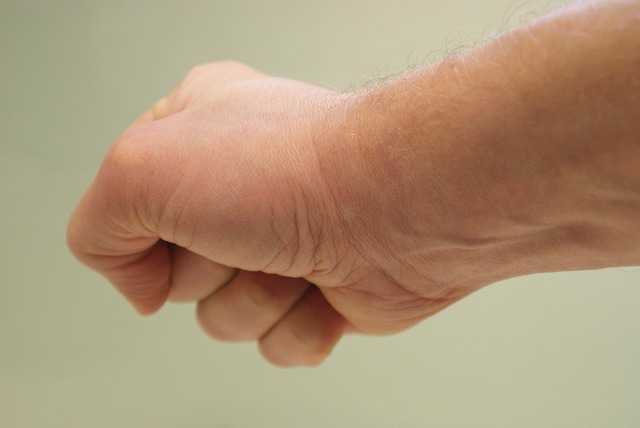Warts vary from harmless to painful, with safe removal techniques offered by dermatology clinics. Recommended methods include cryotherapy, salicylic acid, and surgical excision. At-home options like salicylic acid are accessible but varied in results. Professional guidance is advised for complex cases or sensitive areas. Maintaining hygiene and consulting experts for safe wart removal techniques like cryotherapy prevents recurrences.
Wart removal is a common concern, but finding the right approach is crucial. This guide offers comprehensive tips from dermatologists for effectively addressing warts at home and in clinical settings. We explore various causes and types of warts, providing insights into their biology. For those seeking safe removal techniques, we detail proven methods you can try at home. Additionally, we compare chemical and surgical options, offer prevention strategies, and highlight the importance of professional care when needed.
- Understanding Warts: Causes and Types
- Safe At-Home Removal Methods
- Dermatologist-Recommended Treatments
- Chemical vs. Surgical Options
- Preventing Wart Recurrence
Understanding Warts: Causes and Types
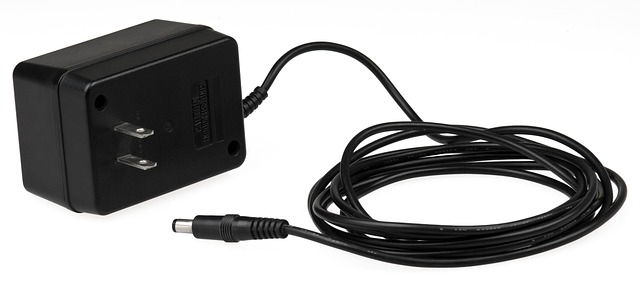
Warts are small, rough growths on the skin caused by the human papillomavirus (HPV). They can appear anywhere on the body but are most commonly found on the hands and feet. There are several types of warts, including common warts, which are usually harmless and go away on their own; plantar warts, which develop on the soles of the feet and can be painful; and genital warts, which occur in the genital area and are sexually transmitted. Understanding your specific wart type is crucial when considering a safe wart removal technique.
While many over-the-counter treatments exist, some dermatologists recommend consulting a professional for stubborn or painful warts. The Wakefield Wart Clinic, for instance, offers effective solutions like cryotherapy (freezing), salicylic acid applications, and surgical excision. Similarly, specialists in the West Midlands, such as those in Wolverhampton, and Cheltenham provide access to safe wart removal techniques tailored to individual needs.
Safe At-Home Removal Methods
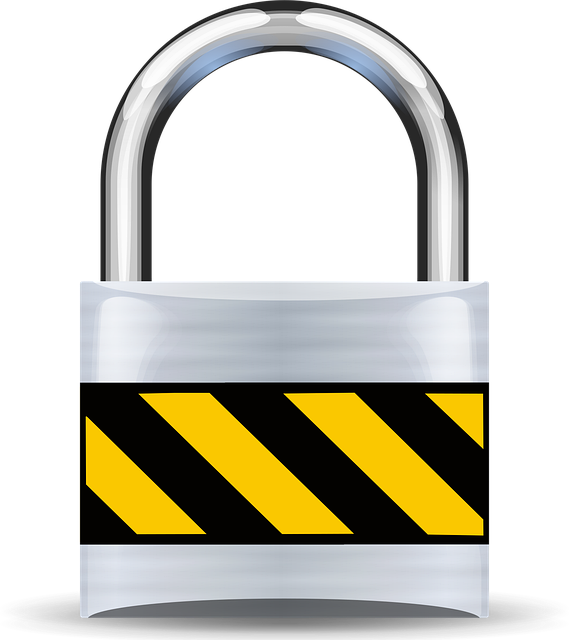
When considering safe at-home wart removal techniques, it’s essential to opt for methods recommended by dermatologists to avoid complications and ensure effective results. One popular and relatively safe approach is using over-the-counter medications containing salicylic acid. These products are designed to soften and dissolve the outer layers of the wart, eventually leading to its disappearance. Alternatively, freezing warts with liquid nitrogen, a procedure known as cryotherapy, can be effective for many types of warts. This method is often used in dermatology clinics like Essex Colchester Wart Clinic or Doncaster Wart Clinic, but it can also be performed at home under professional guidance.
Remember that while these safe wart removal techniques are accessible and convenient, they might not work for everyone. If your warts persist or cause discomfort, seeking advice from a dermatologist is advisable. They can offer tailored treatments, including laser therapy or prescription medications, to ensure the best outcome for your skin.
Dermatologist-Recommended Treatments
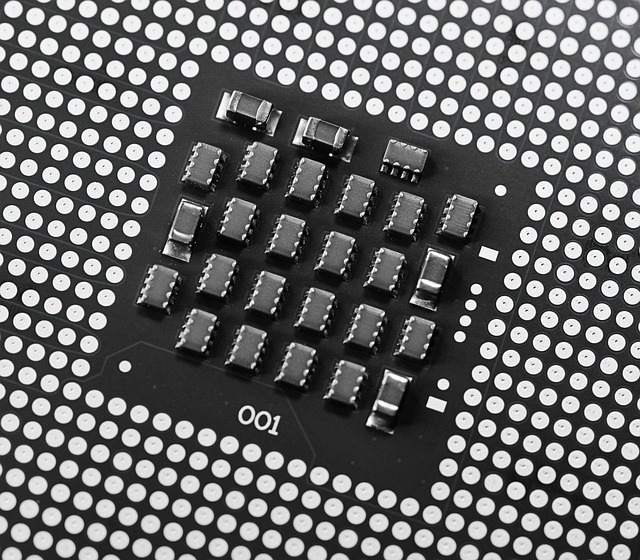
When it comes to removing warts, dermatologists often recommend treatments that are both effective and safe. One widely accepted and physician-backed method is cryotherapy, which involves freezing the wart with liquid nitrogen. This technique is particularly effective for surface-level warts and can be administered in a doctor’s office. Another popular choice, especially for those seeking private wart removal Gloucester, is laser treatment. Lasers can target and destroy the wart while minimizing damage to surrounding skin.
For pregnant women or individuals looking for pregnancy-safe alternatives, there are several options. Topical treatments with salicylic acid or imiquimod have been shown to be effective without the potential risks associated with more invasive procedures. Additionally, wart removal Doncaster may also suggest immune therapy creams that stimulate the body’s natural defense against warts. These methods offer a range of safe wart removal techniques suitable for different needs and preferences.
Chemical vs. Surgical Options
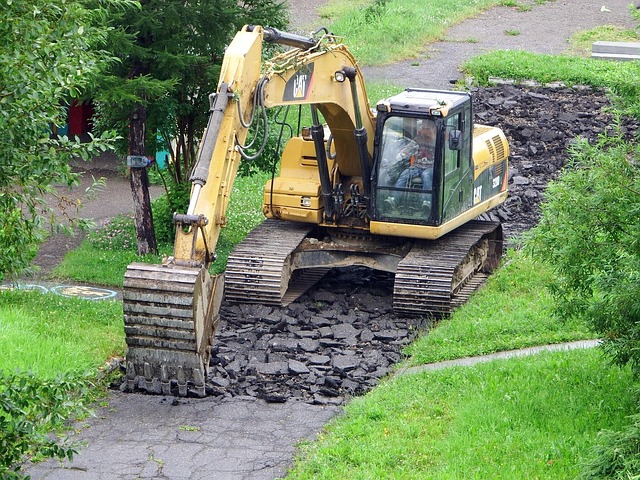
When considering wart removal, individuals often grapple with choosing between chemical or surgical options. Both methods have their merits and are considered safe wart removal techniques by dermatologists, each presenting unique advantages based on the type and location of the wart. Chemical treatments, involving topical applications of acids or chemicals to destroy the wart, are generally preferred for external warts as they offer a more targeted approach without invasive procedures. This method is particularly effective for small, surface-level warts and can be easily performed at home under professional guidance.
On the other hand, surgical removal, often involving freezing or cutting out the wart, is recommended for more persistent or internalized warts that have grown deeper into the skin. While slightly more aggressive, this safe wart removal technique is highly effective for treating warts that have become embedded and may not respond to other methods. For instance, a wart removal Wakefield approach could be considered for larger or more complex cases where a professional’s expertise is required. Additionally, some natural remedies, like duct tape or apple cider vinegar, are gaining popularity as at-home treatments, but their effectiveness varies, and persistent warts might require the attention of a dermatologist for efficient removal.
Preventing Wart Recurrence
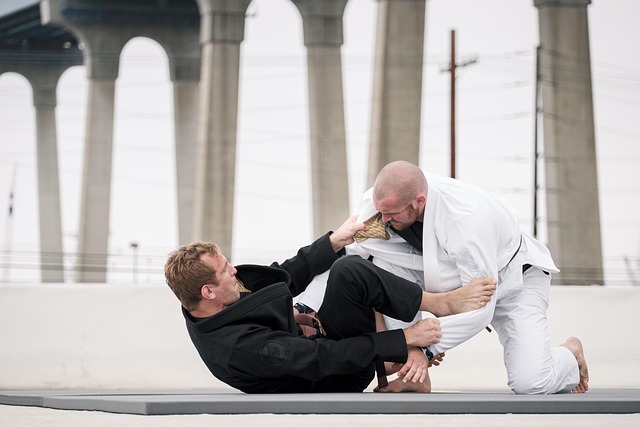
After successfully removing a wart, preventing its recurrence is key. It’s important to understand that warts are caused by the human papillomavirus (HPV), which can re-emerge if not properly managed. The first step in preventing future warts is to maintain good hygiene practices, especially after touching your face or any affected areas. Regularly cleaning and moisturizing your skin, particularly sensitive areas like the forehead, can help strengthen its barrier against HPV.
For those seeking a safe wart removal technique, especially for kids under 10 or when treating warts on the forehead, consulting a dermatologist is advised. They may recommend over-the-counter treatments or offer procedures like cryotherapy (freezing) or laser therapy, which are effective and minimally invasive. Additionally, avoiding direct contact with infected individuals or objects can significantly reduce the risk of wart transmission. In Gloucester or any region, seeking professional guidance ensures sensitive wart care and prevents future outbreaks.
When it comes to wart removal, dermatologists offer a range of effective solutions for safe and successful treatments. From understanding the causes and types of warts to exploring at-home methods and professional recommendations, knowledge is key. Chemical and surgical options provide permanent relief, but it’s crucial to weigh the pros and cons. By implementing preventive measures, you can reduce the risk of recurrence. Choose the right technique based on your preferences and skin condition for a smooth, wart-free future.
